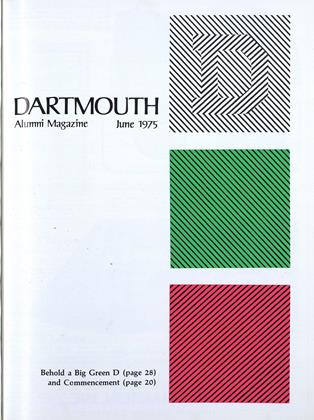James Thurber, with Harold Ross and E. B. White, set the tone of The New Yorker, a "humorous" magazine whose reputation is matched only by Punch, if by that. He himself caused more hilarity in the Republic, if not in the Western World, than anyone since Mark Twain. Yet this biography is a sad one, raising such questions as: what is the thin line between genius and insanity and who of us is normal?
He came from a family of eccentrics: his mother was one and another female relative really did believe the electricity was leaking all over the house; they suffered from "nerves"; his father was lovable but fearless. His younger brother shot out James's left eye with a bow and arrow when he was seven; the other eye gradually became affected so that eventually, after five operations, he became blind. He drank too enthusiastically; in his last years he was practically paranoid if not manic-depressive. In his cups he insulted people, was often violent. To cap it all, he suffered acutely from logorrhea and logomachy, along with Shakespeare, Lewis Carroll, and James Joyce. This affliction accounted for much of his wit as his uniquely zany drawings accounted for much of his humor. And somewhere in his genes lurked the demon of a mad fantasy.
This demon inhabited in its youth a middle class, middle-western environment. At Ohio State he wrote an "epic poem" to a football hero (who later landed in a mental hospital); wrote musical shows (or the librettos for them); edited the Sundial; made Phi Kappa Psi, and at the same time developed a passion for Henry James's The Ambassadors. He had a strong Puritan streak and so was a tepid and un- satisfactory womanizer. In spite of his fear and dislike of women, they fell for him. He was married twice; his second wife - his "seeing-eye wife" - cared for him with heroic devotion in his last tempestuous years.
He disliked Freud and would baffle any Freudian: one of the virtues of this biography is that Bernstein happily refrains from any attempt at psychoanalysis. Another virtue is that by its division into three parts - Innocence, Sophistication, and Angst - and its deft and pithy comments the author epitomizes the first 75 years of this American century. A trivial example of this: at one point I said to myself, this Thurber family reminds me of the origins of our recent President; a few pages later, commenting on one of Thurber's priggish letters, the author says: "It could have been a letter written by the young Richard M. Nixon."
Bernstein closes his biography, with E. B. White's moving New Yorker obituary in which he cites as his favorite "The Last Flower," that minor American classic with a universal significance in this atomic age; and he says "he wrote the way a child skips rope, the way a mouse waltzes." This is the artist, the "quintessentially human Thurber," Bernstein captures in a biography worthy to be set beside Wallace Stegner's biography of Bernard De Voto and Lawrance Thompson's life of Robert Frost.
THURBER: A BIOGRAPHY. ByBurton Bernstein '53. Dodd, Mead,1975. 505 pp. Illustrated. $l5.
Mr. Morse is Professor of English Emeritus, Dartmouth College.
 View Full Issue
View Full Issue
More From This Issue
-
 Feature
FeatureThe Battle of Bunker Hill
June 1975 By LEWIS STILWELL -
 Feature
FeatureA Big Green D in Your Mind's Eye
June 1975 By LORRIN A. RIGGS -
 Feature
FeatureCommencement
June 1975 By JAMES L. FARLEY '42 -
 Feature
FeatureThe Orioles Are Back
June 1975 By DANA S. LAMB -
 Article
ArticleBig Green Teams
June 1975 By JACK DEGANGE -
 Article
ArticleHonorary Degrees
June 1975
Books
-
 Books
BooksTUKARAM
April 1931 -
 Books
BooksTHE LINDBERGH CRIME
June 1935 By E. P. Kelly '06. -
 Books
BooksSpiritus Loci
February, 1931 By Eric P. Kelly -
 Books
BooksGEORGE GASCOIGNE'S A HUNDRETH SUNDRIE FLOWERS
October 1943 By H.M. Dargan -
 Books
BooksENGINEERING: ITS ROLE AND FUNCTION IN HUMAN SOCIETY.
JUNE 1968 By JOHN HURD '21 -
 Books
BooksPROCEEDINGS OF THE SECOND N. H. BANK MANAGEMENT CONFERENCE
October 1941 By William A. Carter '20.

